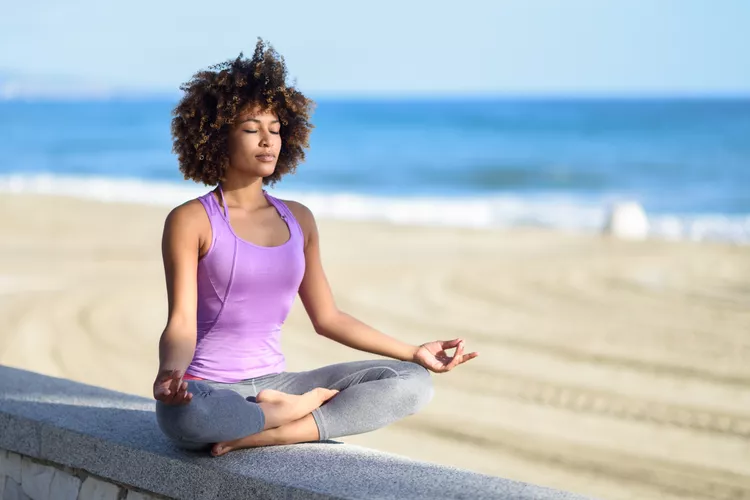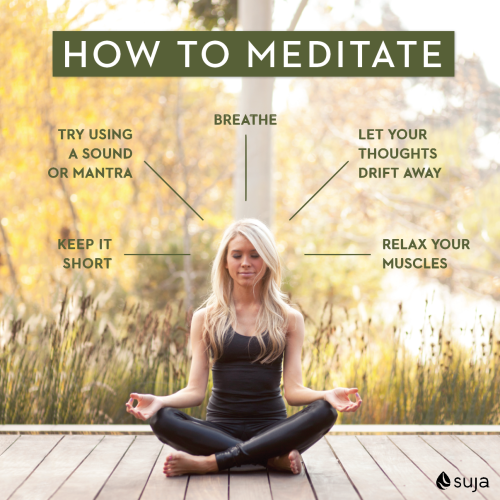How to Meditate: A Stress-Reducing Guide

How to meditate effectively
Are you feeling overwhelmed by life’s stressors? If so, then meditation may be the answer you’re looking for. Countless individuals have found that regular sessions of meditation can help to reduce stress, improve focus and cognitive functions, and even ward off mental health issues.
But how do you start meditating if you’ve never done it before? It can seem intimidating, but with a little guidance, anyone can begin a fruitful meditation practice. So whether you’re a beginner or an expert, this article is here to help guide your journey into meditation. Here, I’ll walk you through the basics of meditating as well as some of the more complex aspects that can refine your practice. Ready to get started? Let’s dive in!
Understanding the Benefits of Meditation
Meditation is an ancient practice that has been utilized for centuries as a way to relax, reduce stress and tension, and promote mental clarity. It’s a self-care practice that anyone can learn and benefit from regardless of age, experience, or background.
The primary benefit of meditation is its ability to reduce stress. Regular meditation will help you both recognize and reduce the physical and emotional symptoms of stress. Once you learn to meditate, you can manage stressful encounters in your life in a much healthier way.
In addition to reducing stress levels, regular meditation also promotes emotional stability by allowing us to view our thoughts more dispassionately. You’ll become better at recognizing negative thought patterns before they take hold and also be able to identify which thoughts are beneficial or unhealthy for your wellbeing.
Finally, meditation can improve concentration by helping you focus on the present moment rather than worrying about the future or dwelling on the past. With regular practice, you’ll notice an improved capacity for focus and concentration when it comes to work or other activities that require intense mental acuity.

Preparing for Meditation: Setting an Ambience
The setting for your meditation practice can be just as important as the practice itself. Creating an environment conducive to relaxation and concentration helps you to engage in the practice more deeply.
When settling into your space, consider the following:
- Temperature: Choose a room or outdoor area that is not too hot or cold. You want to be comfortable throughout your meditation session so pick a temperature that works best for you.
- Lighting: Dim lighting can set the mood and help you relax, but make sure it’s bright enough to avoid any potential accidents. Soft lighting also makes it easier if you want to take a nap during or after meditation.
- Sound: Minimize any ambient noise such as traffic or loud neighbors by closing the windows and shutting out any noise with music or recordings of soothing sounds like nature and rainbows.
- Fragrance: Essential oils such as lavender are known for their calming effects so having some around can add to the ambience. If you don’t have essential oils, burning incense might also do the trick.
Posture Tips for Maximum Comfort
Another important part of the meditation process is finding a comfortable posture that works for you. But if you’re new to meditation, never fear! Here are some tips for managing your body’s posture in the most comfortable way possible.
Finding Your Seat
The first step is to find your seat. When meditating, it’s highly recommended that you use either a cushion or a folded blanket to help you get into the right position. The cushion should be placed so it’s just below your hip bones—this position helps to lengthen and straighten your spine and get into an upright position without straining too much.
Keep Your Spine Upright
It’s also important to keep your spine upright while meditating, as it can help with maintaining focus and clarity. So even if you feel comfortable slumped over, try to avoid this position—it detracts from the effectiveness of your practice!
Get Comfortable
Once you’ve found the right position, make sure you’re comfortable! Adjust any blankets or pillows as needed, so that no part of your body feels strained or uncomfortable –– this will help make sure that you don’t get distracted during meditation.
Incorporating Breathwork and Focus
The fourth step in learning how to meditate is to focus on your breath and to use it as an anchor for your practice. As you become more aware of the sensation of breathing, you can start using a particular type of breathwork called diaphragmatic breathing, or “belly breathing.” This type of breathwork helps you slow down and relax your body.
To practice this type of breathing, it’s important to sit comfortably and start by inhaling deeply through the nose, expanding your abdomen and letting your lungs fill with air until they are full. Make sure that the breath is coming from deep within in your core as opposed to just taking shallow breaths from the top of your lungs. After a few seconds, exhale through the mouth with an audible sound and deflate the abdomen.
Once you get into the rhythm of diaphragmatic breathing, use it in combination with focus exercises like counting or focusing on a phrase that resonates with you. For example, when you inhale, one phrase could be “I accept,” and when you exhale, “I let go.” This approach can help keep distractions at bay and keep focus on your current moment.
Countering Wandering Thoughts During Meditation
It’s natural to have wandering thoughts during meditation, and that’s okay—instead of getting frustrated with yourself, simply observe the thought without judgment, and then let it go. This can help you to stay in the present moment and maintain focus on your breath.
You might also find it helpful to:
- Focus on a specific phrase or mantra as a way of bringing your attention back to the present moment.
- Imagine each breath as a wave taking over your body from the crown of your head down to your toes, creating a sense of calmness.
- Count each breath up to five and then start again.
The key is not to be too hard on yourself if thoughts come in—just acknowledge them and then let them drift away. With time, you’ll get better and better at recognizing when thoughts arise, allowing you to achieve greater tranquility during meditation.
End Your Session With Gratitude
At the end of your session, take a few minutes to reflect and give thanks. Reflecting on all the things you are grateful for can help quiet the mind and put any anxious thoughts in perspective, so it’s essential to start and end your sessions with gratitude.
This part of your practice doesn’t require any specific techniques or tools—just be present and allow yourself to feel appreciation for all the good things in your life. You don’t even need to name them, just focus on the feeling of being blessed.
If it’s helpful, you can also take a few moments to acknowledge all of the hard work that you’ve put into this session. Every moment dedicated to taking care of yourself is worth celebrating!
Conclusion
To sum it up, learning how to meditate can be incredibly helpful in reducing stress and improving your well-being. With a few simple techniques and the right attitude, you can quickly get the hang of it and enjoy the many benefits that come with a regular meditation practice.
Take your time and don’t be too hard on yourself if you don’t feel like a meditation guru right away. Even a few minutes of mindful relaxation every day can do wonders for reducing stress and improving your mental and emotional balance.














